
Last Minute Gori and Uplistsikhe Day Tour
1 day
Instant confirmation
About this activity
Uplistsikhe
Uplistsikhe (II c B.C. - X c A.D.) is an ancient rock-hewn town in Eastern Georgia, some 100 kilometers Western from Tbilisi. Built on a high rocky left bank of the Mtkvari river, it contains various structures dating from the Early iron age to the Late middle ages and is notable for the unique combination of various styles of rock-cut cultures, co-existence of Pagan and Christian architecture.. The Uplistsikhe cave complex has been on the tentative list for inclusion into the UNESCO World Heritage program since 2007 because Uplistsikhe is identified by archaeologists as one of the oldest urban settlements in Georgia. The town's age and importance led medieval Georgian written tradition to describe its foundation to the mythical Uplos, son of Mtskhetos, and grandson of Kartlos.
Joseph Stalin's Museum in Gori
Joseph Stalin’s Museum in Gori established in 1951 as a memorial to Stalin, who died in 1953. The main building of the complex is a large palace in the Stalinist Gothic style. Enshrined within a Greco-Italianate pavilion is a small wooden hut, in which Stalin was born in 1878 and spent his first four years.
To one side of the museum is Stalin's personal railway carriage. The green Pullman carriage, which is armor plated and weighs 83 tons, was used by Stalin from 1941 onwards, including his attendances at the Yalta Conference and the Tehran Conference. It was sent to the museum on being recovered from the railway yards at Rostov on Donau in 1985.
The museum charts Stalin’s journey from the Gori church school to the leadership of the USSR, the Yalta Conference at the end of WWII and his death in 1953. The first hall upstairs covers his childhood and adolescence, including his rather cringeworthy pastoral poetry, and then his early revolutionary activities in Georgia The exhibition is divided into six halls in roughly chronological order, and contain many items actually or allegedly owned by Stalin.
The display concludes with one of twelve copies of the death mask of Stalin taken shortly after his death.
On the way back to Tbilisi, the travelers will visit at first Jvari Monastery nearby from Mtskheta. The monument of the VI century is included into the list of UNESCO. Then visit of Mtskheta city and masterpiece of Georgian architect - Svetitskhoveli Cathedral in Mtskheta (XI c, UNESCO)
At the end return back to Tbilisi and drop off in the hotel of traveler's stay in Tbilisi.
Read more
Show less
Uplistsikhe (II c B.C. - X c A.D.) is an ancient rock-hewn town in Eastern Georgia, some 100 kilometers Western from Tbilisi. Built on a high rocky left bank of the Mtkvari river, it contains various structures dating from the Early iron age to the Late middle ages and is notable for the unique combination of various styles of rock-cut cultures, co-existence of Pagan and Christian architecture.. The Uplistsikhe cave complex has been on the tentative list for inclusion into the UNESCO World Heritage program since 2007 because Uplistsikhe is identified by archaeologists as one of the oldest urban settlements in Georgia. The town's age and importance led medieval Georgian written tradition to describe its foundation to the mythical Uplos, son of Mtskhetos, and grandson of Kartlos.
Joseph Stalin's Museum in Gori
Joseph Stalin’s Museum in Gori established in 1951 as a memorial to Stalin, who died in 1953. The main building of the complex is a large palace in the Stalinist Gothic style. Enshrined within a Greco-Italianate pavilion is a small wooden hut, in which Stalin was born in 1878 and spent his first four years.
To one side of the museum is Stalin's personal railway carriage. The green Pullman carriage, which is armor plated and weighs 83 tons, was used by Stalin from 1941 onwards, including his attendances at the Yalta Conference and the Tehran Conference. It was sent to the museum on being recovered from the railway yards at Rostov on Donau in 1985.
The museum charts Stalin’s journey from the Gori church school to the leadership of the USSR, the Yalta Conference at the end of WWII and his death in 1953. The first hall upstairs covers his childhood and adolescence, including his rather cringeworthy pastoral poetry, and then his early revolutionary activities in Georgia The exhibition is divided into six halls in roughly chronological order, and contain many items actually or allegedly owned by Stalin.
The display concludes with one of twelve copies of the death mask of Stalin taken shortly after his death.
On the way back to Tbilisi, the travelers will visit at first Jvari Monastery nearby from Mtskheta. The monument of the VI century is included into the list of UNESCO. Then visit of Mtskheta city and masterpiece of Georgian architect - Svetitskhoveli Cathedral in Mtskheta (XI c, UNESCO)
At the end return back to Tbilisi and drop off in the hotel of traveler's stay in Tbilisi.
Included
- Hotel pick-up and drop-off;
- Transportation In modern, air-conditioned coach;
- Petrol Costs;
- Guide-assistant service (English, Russian)
- A bottle of water per traveller.
Not included
- Travel insurance;
- Meals and drinks;
- Tips for the guide and driver.
Additional
- Confirmation will be received at time of booking
- Infant seats available
- Not wheelchair accessible
- This is a private tour/activity. Only your group will participate
Features
Tourism
90%
Cultural
75%
Original
20%
Collections
This experience is part of these collections
You may also like









 See all 32 Collections
See all 32 Collections
Click to discover other experiences
See all
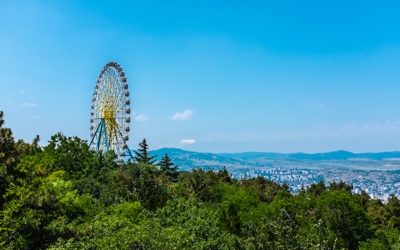
Collections
Mtatsminda Park
4 Activities
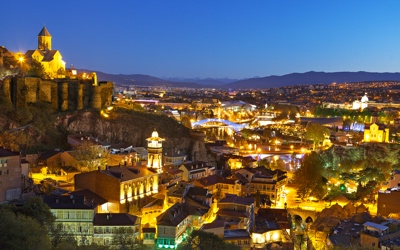
Collections
By Night
8 Activities
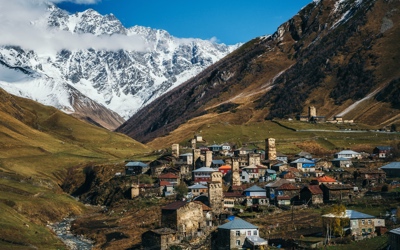
Collections
Georgia Tours
127 Activities

Collections
Sports & Leisure
10 Activities
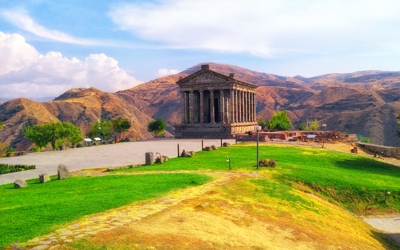
Collections
Armenia
16 Activities
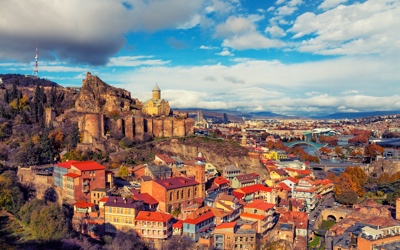
Collections
City Tour
82 Activities

Collections
Quad & Bike
6 Activities
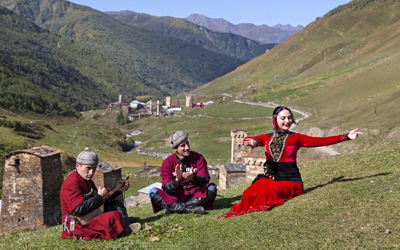
Collections
Original
39 Activities
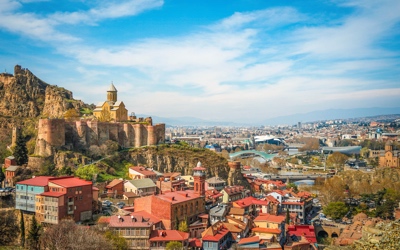
Collections
Walking Tour
45 Activities
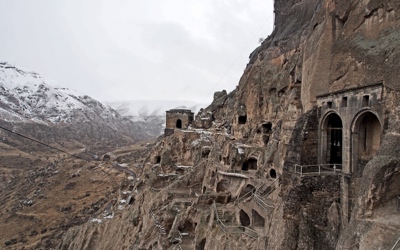
Collections
Vardzia
25 Activities


